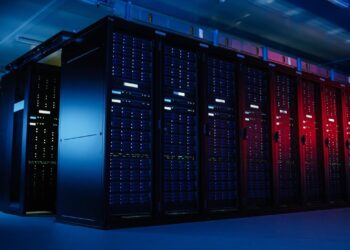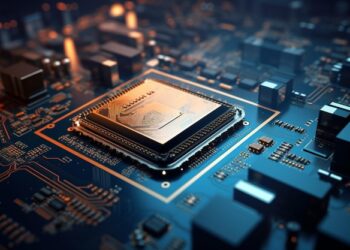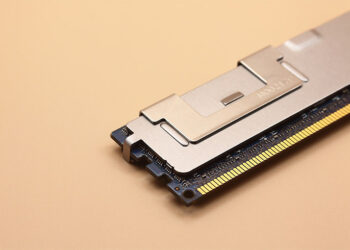In the wake of exponentially growing data volumes and increasingly sophisticated machine learning models, enterprises in 2025 are turning to purpose‑built AI servers to overhaul their IT landscapes. No longer relegated to research labs or niche proof‑of‑concepts, these high‑performance platforms deliver the raw compute, memory bandwidth, and specialized interconnects required to power real‑time analytics, deep neural networks, and autonomous systems at scale. By integrating AI‑optimized hardware into core data‑center architectures—and by rethinking network fabrics, storage strategies, and security paradigms—organizations can unlock insights faster, reduce total cost of ownership, and gain competitive advantage in industries ranging from finance to manufacturing. This article delves into the components, architectures, benefits, and best practices of AI server deployments, providing a comprehensive guide for enterprises ready to reshape their infrastructure for the new era of intelligent compute.
The Rise of AI‑Optimized Hardware
Traditional servers built around general‑purpose CPUs struggle to match the massive parallelism inherent in modern deep learning. AI servers answer this challenge with an array of specialized components:
A. Multi‑Chip GPUs
Leveraging thousands of CUDA cores, today’s GPU clusters—comprising NVIDIA H100, AMD Instinct, or similar accelerators—can deliver petaflops of mixed‑precision compute. These units excel at matrix multiplications, convolutional operations, and transformer training, reducing model development cycles from weeks to days.
B. Tensor Processing Units (TPUs)
Custom ASICs, such as Google’s TPU v5 or emerging third‑party equivalents, optimize inference and training for tensor workloads. By hard‑wiring matrix engines and low‑precision datapaths, TPUs cut inference latency by orders of magnitude, enabling real‑time applications in vision, speech, and recommendation systems.
C. Field‑Programmable Gate Arrays (FPGAs)
Offering reprogrammable logic, FPGAs from vendors like Xilinx and Intel (formerly Altera) allow fine‑tuned acceleration of bespoke algorithms—such as genomic sequence alignment or financial risk simulations—while maintaining power efficiency superior to GPUs in certain workloads.
D. High‑Bandwidth Memory (HBM)
Co‑packaged HBM2e or HBM3 modules deliver sustained bandwidth exceeding 1 TB/s, eliminating bottlenecks between accelerators and their working datasets. This tight coupling is crucial for large‑scale training tasks where data locality governs throughput.
E. NVMe‑SSD Arrays with Direct PCI‑e Connectivity
Ultra‑low‑latency storage tiers, connected via PCI‑e Gen5 or CXL fabrics, ensure that training data—often hundreds of terabytes—can be streamed into compute clusters without congestion, maintaining high GPU utilization rates.
By bundling these elements into rack‑scale systems—complete with integrated liquid‑cooling loops, redundant power supplies, and telemetry for predictive maintenance—suppliers such as Dell EMC, HPE, and Lenovo enable rapid deployment in enterprise data centers and co‑located facilities alike.
Architectural Considerations for 2025
Deploying AI servers demands a holistic rethink of the underlying infrastructure. Key architectural pillars include:
A. Network Fabric Design
High‑Speed Interconnects – InfiniBand HDR (200 Gb/s) or Ethernet at 400 GbE link GPUs across nodes with sub‑microsecond latency, essential for distributed training.
Software‑Defined Networking (SDN) – Dynamic path allocation and bandwidth reservation via controllers (e.g., VMware NSX, Cisco ACI) ensure that high‑priority AI jobs receive guaranteed throughput, while less critical traffic is deprioritized.
B. Data Management and Storage
Tiered Storage Policies – Automated data lifecycle management moves cold archives to cost‑effective HDD tiers, while hot training datasets reside on NVMe SSD pools.
Distributed File Systems – Solutions like Ceph, Lustre, or IBM Spectrum Scale provide POSIX compliance and scale to exabyte‑class deployments without sacrificing IOPS, crucial for parallel read/write patterns.
C. Compute Virtualization and Containerization
Container Orchestration – Kubernetes integrated with GPU device plugins and FPGA operators enables elastic scaling of AI workloads and seamless rollout of model versions.
Lightweight VMs / Secure Containers – Technologies like Kata Containers or gVisor offer strong isolation for multi‑tenant environments, mitigating “noisy neighbor” effects without heavy hypervisor overhead.
D. Security and Compliance
Zero‑Trust Architectures – Microsegmentation around AI clusters prevents lateral movement, ensuring that only authenticated services and users can access sensitive training pipelines.
Hardware‑Rooted Trust – Trusted Platform Modules (TPMs) and Intel SGX enclaves authenticate firmware and software stacks, certifying that AI inference engines and data pipelines remain unaltered.
Key Benefits of AI Servers
Adoption of AI servers endows enterprises with tangible advantages:
A. Dramatic Performance Gains
– Training large‑scale transformer models (e.g., GPT‑class networks) sees speedups of 5–10× compared to CPU‑only clusters, slashing iteration cycles and accelerating feature rollouts.
B. Total Cost of Ownership Reduction
– While upfront investment in AI‑optimized infrastructure can be 30–50% higher, improved utilization, aggressive power management, and workload consolidation drive three‑year TCO savings of up to 25%.
C. Scalable, Modular Growth
– Standardized rack units—each containing 8–16 GPU or TPU nodes—allow organizations to add capacity in 4U increments, avoiding costly forklift upgrades.
D. Improved Energy Efficiency
– Integration of liquid‑cooling solutions reduces data‑center PUE from typical values of 1.8 to as low as 1.1, yielding substantial power savings and lower operational expenses.
E. Accelerated Innovation Cycles
– On‑demand access to powerful training environments democratizes AI development, empowering data scientists to experiment with larger architectures and real‑time inference services.
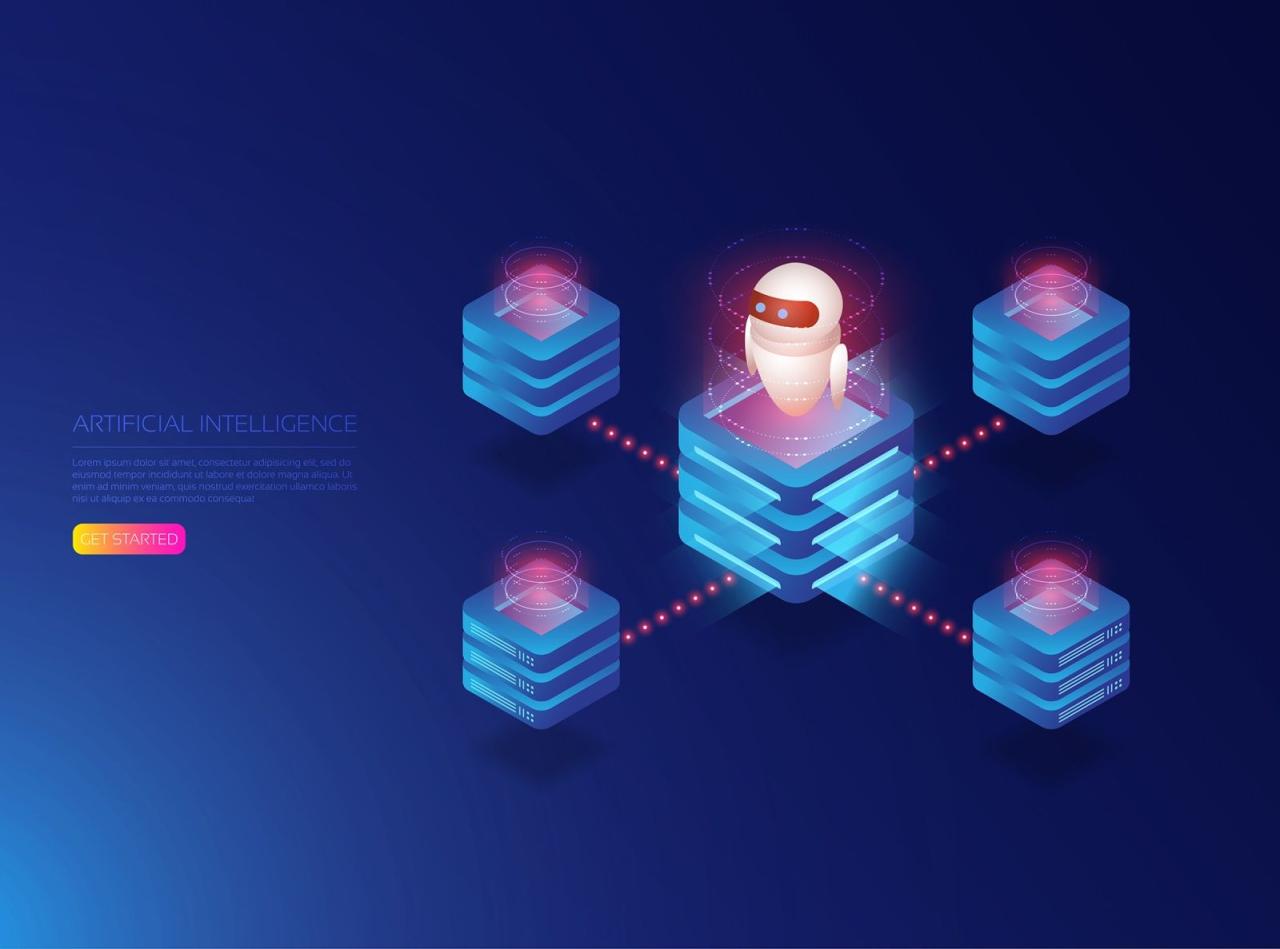
Enterprise Use Cases
AI server deployments in 2025 span industries, showcasing versatility and impact:
A. Real‑Time Fraud Detection
Financial services firms leverage streaming inference engines on GPU farms to analyze millions of transactions per second, identifying anomalous patterns—such as unusual geolocations or spending velocities—within 50 ms, dramatically reducing false positives and minimizing customer friction.
B. Autonomous Vehicle Simulation and Training
Automotive OEMs run complex traffic and pedestrian models on TPU clusters, simulating billions of sensor fusion scenarios to refine self‑driving algorithms without physical road tests, cutting development time by 40%.
C. Precision Medicine and Genomic Analytics
Biotech companies process petabyte‑scale genomic datasets using FPGA‑accelerated pipelines, accelerating variant calling and biomarker discovery from days to hours, enabling faster drug target validation and personalized treatment planning.
D. Personalized E‑Commerce Recommendations
Retail platforms deploy deep learning recommenders on AI servers, integrating behavioral, transactional, and social data streams to deliver hyper‑personalized product suggestions, boosting average order values by 15% and conversion rates by 20%.
E. Smart Manufacturing and Predictive Maintenance
Industrial IoT sensors feed real‑time telemetry to on‑premises AI servers that forecast equipment failures with 92% accuracy, reducing unplanned downtime by 30% and optimizing spare‑parts inventory.
Challenges and Considerations
Despite the promise, AI server integration poses hurdles:
A. Talent Shortages
Recruiting engineers fluent in CUDA, OpenCL, FPGA toolchains, and MLOps practices remains competitive; enterprises must invest in training and partnerships with academic institutions.
B. Legacy System Compatibility
Harmonizing new AI‑optimized hardware with existing ERP, SCM, and analytics platforms requires robust middleware layers, API standardization, and often custom connectors.
C. Budget and ROI Alignment
Securing executive buy‑in demands clear business cases, pilot milestone definitions, and transparent tracking of KPI improvements—whether in reduced churn, faster go‑to‑market, or operational cost savings.
D. Thermal and Power Constraints
Upgrading power distribution units (PDUs), transformers, and cooling infrastructure (e.g., rear‑door heat exchangers, immersion tanks) can add 15–20% to deployment costs but are essential to sustain high‑density compute racks.
E. Data Privacy and Governance
Regulations such as GDPR, CCPA, and sector‑specific mandates (e.g., HIPAA, PCI DSS) necessitate encryption at rest and in transit, role‑based access controls, and, in some cases, on‑device or federated learning to keep sensitive data on‑premises.
Best Practices for Deployment
To ensure successful ROI and minimize risk, follow a structured rollout:
A. Proof‑of‑Concept (PoC) and Pilot Projects
– Begin with a narrowly scoped use case—such as a single fraud detection model or image‑classification pipeline—to validate performance metrics and integration paths before scaling broadly.
B. Cross‑Functional Governance
– Establish an AI steering committee that includes IT operations, data science, security, finance, and business-unit sponsors to align strategic objectives, budgets, and timeline expectations.
C. Vendor and Ecosystem Partnerships
– Choose hardware and software providers offering comprehensive support, on‑site training, and co‑engineering partnerships, reducing time to value and troubleshooting cycles.
D. Robust Benchmarking and Monitoring
– Instrument every layer—from network latency to GPU utilization to inference SLA compliance—using telemetry platforms (e.g., Prometheus, NVIDIA DCGM) and AI‑driven monitoring tools for predictive alerts.
E. Hybrid and Multi‑Cloud Strategies
– Combine on‑premises AI clusters with spot capacity in public clouds (AWS, Azure, GCP) to handle seasonal spikes, leveraging consistent container images and workload orchestration to maintain cost efficiency.
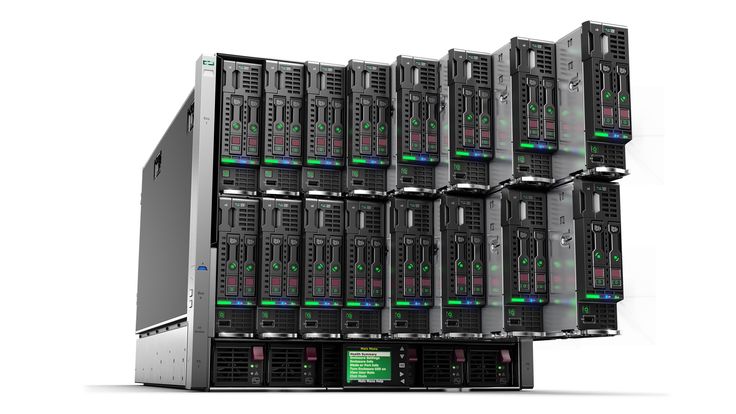
Case Studies
Global Retailer
A multinational chain deployed a 128‑GPU cluster to power next‑gen recommendation engines. By shifting from a CPU‑only architecture, they achieved a fivefold increase in throughput and a 25% uplift in personalized offer acceptance rates.Life Sciences Leader
A pharmaceutical firm integrated FPGA‑accelerated genomic pipelines across five data‑center regions. Their time to market for targeted therapies shrank from 18 months to under 12 months, attributing a 30% rise in R&D productivity to AI server acceleration.Manufacturing Conglomerate
Implementing edge‑to‑core AI servers in smart factories enabled predictive maintenance on 10,000+ machines. Unplanned downtime dropped by 40%, saving an estimated $20 million annually in lost production.
Vendor Landscape and Ecosystem
A vibrant ecosystem of hardware vendors, system integrators, and software providers has emerged:
A. Hardware OEMs
– NVIDIA DGX Systems: Integrated GPU nodes with optimized software stacks.
– Google Cloud TPUs: Both on‑prem (Edge TPU) and cloud‑hosted rack solutions.
– HPE Apollo: Customizable server pods for AI and HPC workloads.
B. System Integrators
– Dell Technologies and Lenovo: Offer turnkey AI racks, professional services, and financing options.
– Supermicro: Known for high‑density, liquid‑cooled GPU servers.
C. Software and Middleware
– Kubeflow, MLflow, and TensorFlow Serving for end‑to‑end MLOps.
– Cisco Intersight and VMware Tanzu for unified management across compute, storage, and network layers.
Cost Analysis and ROI Modeling
A rigorous financial model should incorporate:
A. CapEx vs. OpEx Trade‑Offs
– Evaluate leasing or consumption‑based financing to convert CapEx into predictable OpEx, smoothing budgetary impacts.
B. Energy Consumption and PUE Improvements
– Quantify reductions in power bills and carbon footprint, factoring in liquid‑cooling ROI on energy savings.
C. Utilization Metrics
– Track GPU/TPU occupancy rates and job queue times to optimize cluster sizing and identify idle capacity for batch or test workloads.
D. Business Value Attribution
– Map performance gains to revenue drivers—such as faster feature launches, reduced fraud losses, or improved customer engagement—ensuring clear linkage between technology investment and financial outcomes.
Security Implications and Data Governance
AI servers handle sensitive data and intellectual property, demanding comprehensive protections:
A. Encryption and Key Management
– Enforce AES‑256 encryption for data at rest and TLS 1.3 for data in transit, with hardware security modules (HSMs) managing keys.
B. Access Control and Auditing
– Implement role‑based access (RBAC) and attribute‑based access (ABAC) across clusters, with immutable audit trails via blockchain or WORM storage to satisfy compliance auditors.
C. Secure Model Deployment
– Use secure enclaves (e.g., Intel SGX, AMD SEV) to host inference engines, preventing model exfiltration or tampering—even by privileged administrators.
Deployment Roadmap
A structured timeline ensures orderly rollout:
A. Assessment Phase (Months 1–3)
– Conduct infrastructure audits, workload profiling, and ROI projections.
B. Pilot Phase (Months 4–6)
– Deploy PoC clusters for selected use cases; validate performance, integration, and cost assumptions.
C. Scale‑Out Phase (Months 7–12)
– Expand successful pilots into production‑grade clusters, implement governance processes, and train operations teams.
D. Optimization Phase (Months 13–18)
– Fine‑tune configurations, integrate new hardware revisions, and automate monitoring and remediation workflows using AI‑driven tools.
Future Trends Beyond 2025
Looking ahead, several innovations promise to further disrupt enterprise AI infrastructure:
A. Disaggregated Composable Architectures
– Dynamically pool CPU, GPU, memory, and storage resources via CXL and Gen-Z fabrics, enabling on‑the‑fly allocation without physical reconfiguration.
B. Optical Interconnects
– Next‑gen silicon photonics and free‑space optics will supplant copper, slashing latency and power draw in exascale fabrics.
C. Neuromorphic and Analog AI
– Emerging chips—such as Intel Loihi or IBM TrueNorth—will mimic synaptic behavior, delivering ultra‑efficient inference for low‑power edge devices.
D. AI‑Driven Infrastructure Management
– Meta‑learning systems will autonomously optimize scheduling, power distribution, and fault remediation, reducing human intervention and accelerating mean time to resolution (MTTR).
E. Edge‑to‑Cloud Continuum
– Federated learning frameworks will bind edge gateways and core data centers into cohesive AI fabrics, enabling real‑time analytics with data sovereignty.
Conclusion
The deployment of AI servers in 2025 signifies a transformative inflection point for enterprise infrastructure. By embracing specialized hardware, rearchitecting network and storage tiers, and enforcing rigorous security and governance, organizations can harness the full potential of AI at scale. Though challenges such as talent gaps, budget alignment, and thermal management persist, a methodical approach—anchored by PoCs, cross‑functional collaboration, and continuous benchmarking—ensures that benefits in performance, cost reduction, and innovation velocity far outweigh risks. As disaggregated architectures, optical fabrics, and neuromorphic computing emerge on the horizon, forward‑looking enterprises that invest today will command the next generation of AI‑driven business models.



